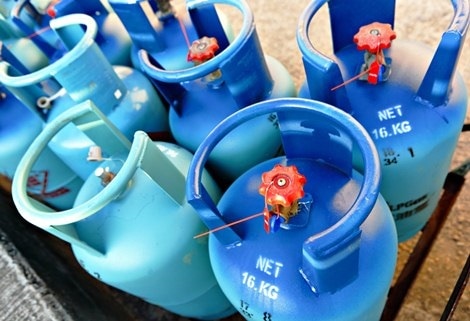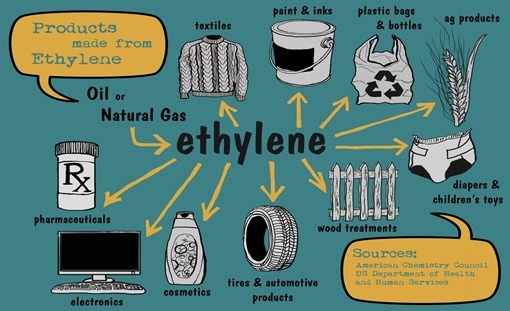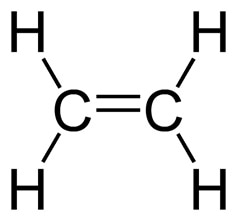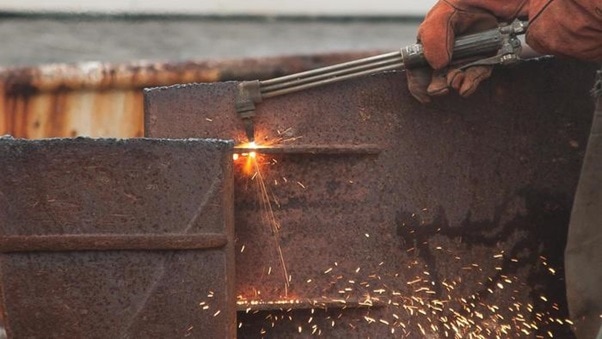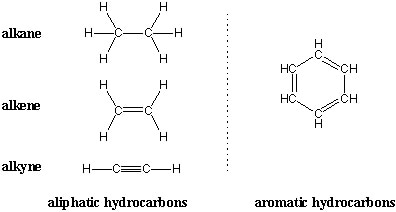|
PETROLEUM GEOLOGY
- Home
- Introduction
-
Content
- Petroleum Geochemistry
- Origin of Petroleum >
- Accumulation and Traps >
- The Reservoir >
- Shale oil >
-
More about Petroleum
>
- Types of drilling bits
- Crude oil emulsion
- Drilling Fluids/Mud and Components
- Oil-Rich Countries
- Facts about Petroleum
- Oil Measurement Unit
- Forecast of Energy Usage
- Exploration Techniques
- Geologist & Engineer
- Impacts on environment
- World Reserves
- Petroleum in Thailand
- NOC & IOC
- Digital Oilfields
- Career in PE
- Blowout Preventer(BOP)
- HSE Basic Concepts
- Geophysics >
- From Exploration to Refining
- Well logging
- Real-Time Oil Price
- Glossary of Oil and Gas Terms
- Petroleum management systems
- Contact
- About
